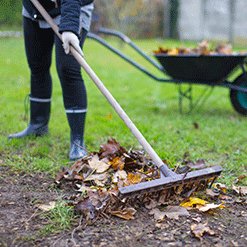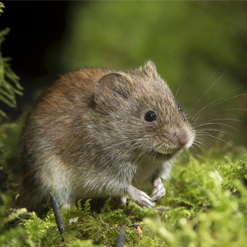Voles are small mammals that are active both above and underneath the ground. Although mature voles only reach five to seven inches long, they can still upend a yard by feeding on vegetation and kicking up dirt, roots and grass.
Like moles, shrews and mice, voles pose their own unique pest issues. But moles mostly stay underground, and shrews and mice don’t create nearly the same amount of tunneling, burrows or runways. Voles can also be difficult to identify because of how closely they resemble mice. They are even known as meadow mice or field mice. But if they are creating a problem on your property, it is important to distinguish voles from real mice.










